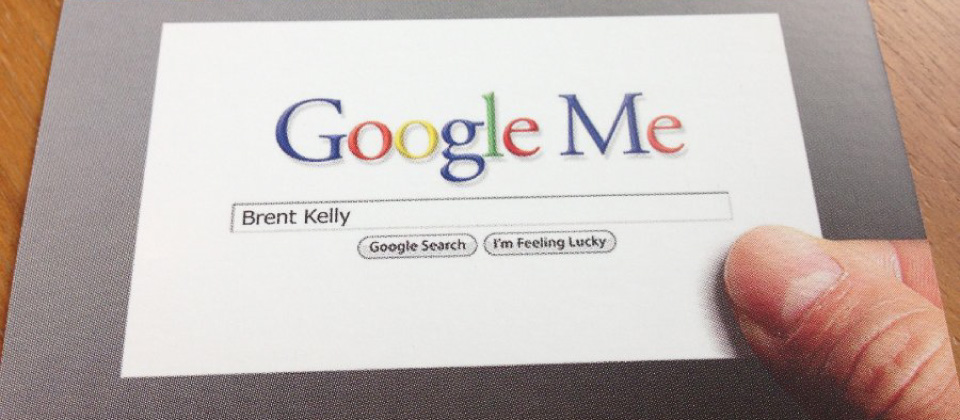- Monday-Friday: 8AM-5PM
- 605-333-0535
- connie@preferredsd.com
8 Reasons You Need Print Marketing

The 1990s gave us boy bands and pop divas, ripped jeans and combat boots, and must-see TV shows like Friends and Seinfeld. Oh, the 90s also gave us a little something called the internet.
Over the past 20+ years, as the internet has grown, people have repeatedly declared the death of print media. And while it’s true that most major media companies have shifted their business model to reflect consumer demand for online access to news and events, and yes, the majority of marketers have focused their ad spend on social media and search engine marketing, print marketing offers as much, if not more benefits than ever before.
Here are 8 reasons why print should be part of your marketing mix in 2019:
1. Print appeals to the senses
There’s not much for our senses to do with digital channels. We look at our various-sized digital screens… and that’s about it. But with print, we not only see the paper but feel it and smell the ink. These sensory experiences are a big part of being human. Triggering multiple senses adds to the effectiveness of print advertising. Martin Lindstrom, writer of “Brand Sense,” believes that those brands that appeal to more than three senses will be more successful with their advertising efforts than brands that don’t.
2. Better engagement
Digital technology has sped up our world. We don’t have time to write full letters (or even emails any more), we instead send quick texts and update friends and family with 140 characters or less. Digital technology simply isn’t very engaging. While we surf the web, we are apt to be talking on the phone and cooking at the same time. But print media is a whole different ballgame. When a consumer has a magazine or newspaper in their hands, they stop all other activities and focus on that content. This length of attention is rare these days and very valuable.
3. Luxury consumers prefer tangible platforms
There is something about a glossy magazine that holds a certain… cachet that online channels simply can’t replicate. Print platforms will always appeal to luxury consumers.
4. Print readers have a longer attention span
Recent neurological research suggests our brains process information differently based on how we receive it. Our brains on paper seem to have a longer attention span than our brains on a digital screen. When reading print, we have less distractions (I’m talking to you pop-ups and flashing banner ads) and so are able to fully take in messaging.
5. AR allows print ads a place in seamless omni-channel brand experiences
Advances in technology allow brands to connect with audiences, despite people becoming more able to block out digital ads. AR will enable print ads to be the first touchpoint in a seamless omni-channel brand experience.
6. Print is STILL more trustworthy
Recent surveys continue to show that consumers trust print media far more than they do social media and other online channels. They are also more apt to make a purchase after seeing a print ad than an online ad.
7. Print ads make more of an impact
Digital media is ubiquitous, so much so that everyone has begun to block out the noise. Those B2B brands trying to target C-level audiences would be smart to forget sending emails and send a nice brochure instead. And B2C business owners will also find direct mail more often gets read while emails simply get deleted.
8. Adding print to the mix increases ROI
An effective marketing campaign works best when print is integrated with other digital solutions. In fact, research has shown print’s ability to increase ROI by as much as 240%.
—
If you haven’t yet incorporated print into your marketing mix, the new year is a great time to start. Remember to make print media a complement to your digital campaigns. Need some help integrating your print and digital campaigns? We can help you design and launch a campaign that leverages the best of both worlds.



